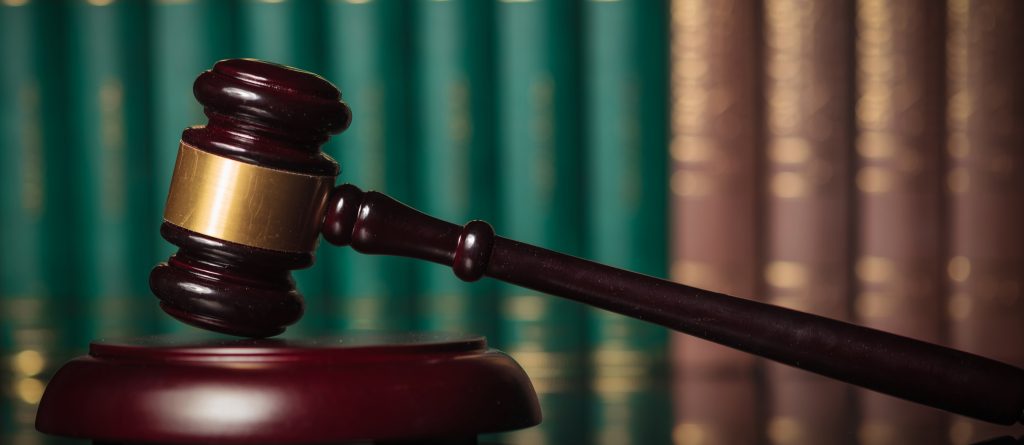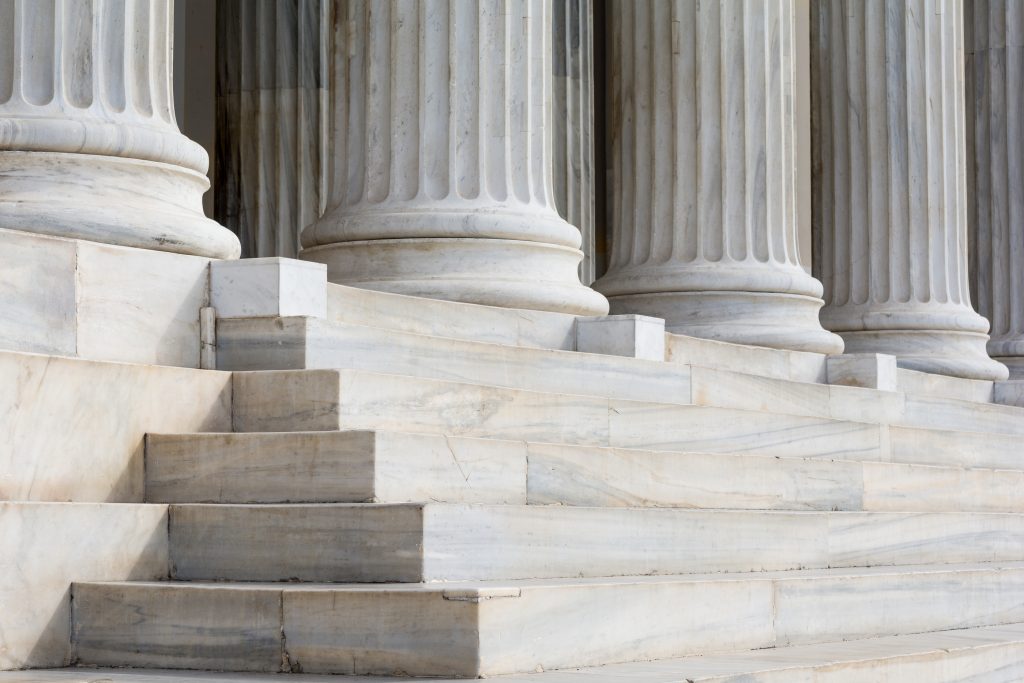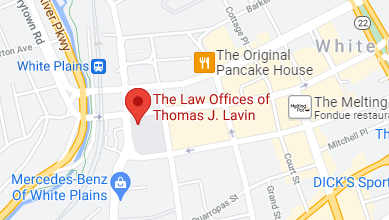There are states that put limits, called “caps,” on the amount of damages awarded in personal injury cases. New York is not one of those states. In New York, someone can be sued for any amount of damages. Of course, that doesn’t mean they’ll be awarded the full damages. That depends on the nature of the case and the evidence introduced. To understand what kinds of damages are available and how they might be acquired, continue reading.
What Types of Damages Are Recognized in New York?
There are essentially two types of damages people can file claims for in New York, punitive and compensatory.
- Compensatory Damages. As the phrase implies, compensatory damages are meant to compensate the injured party for quantifiable losses they sustained because of the injury. That could be medical expenses for bodily injuries that needed treatment, or it could be damage to property that requires repair, such as bodywork on a vehicle. These are specific damages that have actual dollar values to them that are proven by receipts.
- Punitive Damages. These are less quantifiable and largely up to the judgment of the courts in terms of values and dollars awarded. They’re also not relevant to every personal injury case. Punitive damages come into play if the injury was the result not of a basic accident, but because of actions that were negligent, malicious, or reckless. An example of this is a drunk driver, which could be considered all three of those. Punitive means that someone had even more fault and thus could be responsible for higher payouts than those strictly related to quantifiable receipts.
In New York, the injured person can file claims for both compensatory and punitive damages, as long as the latter’s threshold of negligent, malicious, or reckless behavior is met.
What Variables Do the Courts Consider When Awarding Damages?
There are quite a few. Each personal injury case is unique and has its own set of variables, so it’s not easy to make a blanket statement about what’s involved. In general, here are some of the factors that will be used to determine liability and damages.
Severity of the Injury. The damages rewarded to someone who had a minor injury, such as a sprained ankle, versus someone who had a major injury, such as someone who became paraplegic or blind because of the accident, are obviously going to vary.
Time Needed to Recover. Some injuries heal quickly; others take months or even years. There’s also the issue of whether someone loses wages because they’re unable to work due to the injury and its recovery period. In some cases, someone could lose not only their job, but their ability to perform in that career area altogether and need time to train for a new type of career.
Potential Liability of the Person or Business Responsible for the Injury. If the accident was truly an accident with no intent or negligence involved, damages will be lower than if the plaintiff can demonstrate otherwise. For example, if someone slipped and fell on an icy sidewalk, but the property owner had put out salt or sand and made a sincere attempt to keep the sidewalk clean, the damages would be less than someone who clearly made no effort to mitigate the ice.
Insurance Coverage. How much insurance will pay for the damages can be balanced against any out-of-pocket.
What Should I Do if I Have a Personal Injury Case to File Against Someone I Believe is Liable for My Injury or Property Damage?
First, call the police. Whether or not the accident was minor doesn’t matter. A police record is a relevant piece of evidence in personal injury claims. If possible, try and document the scene of the accident or injury as much as possible, including taking photos and videos with your cell phone to show the conditions involved in the injury. That can be showing uncleared or unremediated icy sidewalks, poorly lighted stairs, or a car that ran a stop sign and hit you when you had the right of way. If there are witnesses, get their names and contact info, along with that of the other driver (if car accidents occurred). Take a quick look to see if there are neighboring buildings, either business or residential, that may have security cameras that could have footage of the accident.
Then call me as soon as possible at 718-829-7400 for a free case evaluation. Personal injury cases are complex and benefit from having an experienced, knowledgeable personal injury attorney working on them. I want to help you recover fully, both physically and emotionally, from the sometimes traumatic conditions personal injuries can cause. I also want to help you get the damages you deserve.
If there was another driver involved in your injury, you may be contacted by their attorney or insurance agent. If the personal injury was something like a slip and fall on someone’s property, you are not as likely to hear from them until you set about making a claim or filing a suit. Either way, it’s best that you don’t speak directly with either the insurance agent or the attorney, but instead refer them to me. They represent the other side and have as their primary goal paying out nothing or as little as possible. They may try to get you to settle directly with them, but in doing so, you may get far less in damages than you deserve. Let me handle the discussions and negotiations, as I know what tactics they might use to drive down the damages or even try to find ways to blame you rather than their client.









